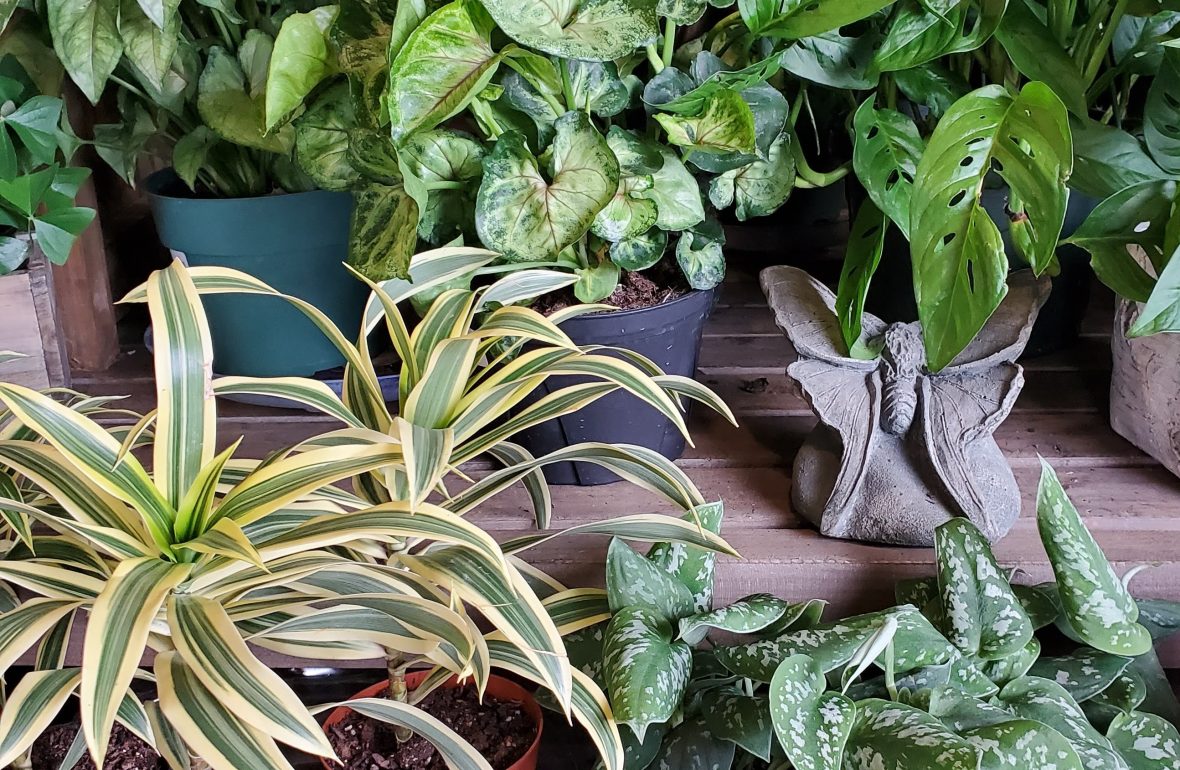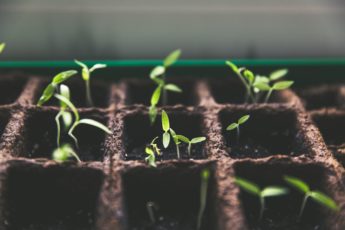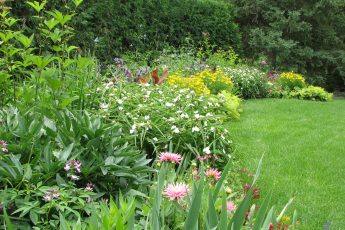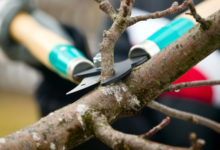
For most of us, spring comes with the desire to freshen up our living spaces and kick into spring cleaning mode. And for those not too keen on dusting off bookshelves, your plant friends would at least appreciate some freshening up. Just as dust accumulates on your shelves over the long winter months, it also accumulates on your houseplants’ leaves.
Giving your plants a refresh not only benefits their health but, yours as well!
A well known benefit of having plants in our homes outside of bringing us joy, is their ability to clean the air. Dusty plants however, do not produce as much oxygen which reduces their air cleaning benefit. Dust accumulation can also trigger allergies and hinder your plants’ ability to photosynthesize which provides your plants with energy.
Keep those beauties beautiful!
So you fell in love with that monstera for its’ big, beautiful and shiny leaves when you saw it at the greenhouse. The trick to keeping those leaves beautiful and for any plant, is to keep them clean. Cleaning off the leaves also provides an opportunity to give your plant a “check-up”, inspecting for any insects, fungi or damage.
Spring Cleaning – Let’s get to it!
Prior to cleaning your plant, remove any dead or damaged foliage. Always use a sharp pruner or garden scissors to avoid damaging leaf tissue and disinfect prior to use and after when pruning multiple plants. Inspect for any potential pests, discolored or sticky leaves, webbing or holes are all indicators of a pest problem.
Smooth Leafed Plants
A feather duster is quick and efficient for plants that you clean regularly and do not have much dust accumulation. For dustier plants, use a damp cloth with lukewarm (preferably distilled) water and gently wipe leaves on both the top and underside. A small amount of dishsoap can be used for very grimy plants, always rinse with clear water afterwards to remove any soap residue. If you have smaller plants with many fine leaves, you can give them a dunk in the sink or the shower using slightly warm water and a gentle spray. Blot dry your plants after cleaning to prevent water spots.
Succulents, Fuzzy and Prickly Plants
For succulents and plants with fuzzy leaves like african violets or prickly “leaves” like cacti you do not want to use water. Water can damage the tiny hairs on fuzzy leaved plants. Cacti and succulents aside from being painful to wipe down, have a protective coating on their foliage that helps them withstand dry conditions. To clean fuzzy or furry leaved plants use a small, soft paintbrush and gently brush the leaves to release dust between the hairs. For cacti and succulents, use a can of compressed air. Spray the air at least a foot away from the plant and in short bursts to avoid spraying cold air that could damage foliage.
Do not use Leafshine
Sorry guys, we all love a quick fix to make our plants look beautiful however, products like Leafshine can actually do more harm than good. Just like our skin, plant leaves have pores (stoma) that need to breath. Leafshine type products contain waxes or oils that can clog up your plants’ pores making it more difficult for them to breath and grow.
Fertilize
The days are getting longer and have you noticed your houseplants have started to grow? The increase in sunlight stimulates your plants to start growing and spring is the optimal time to start fertilizing.
- Use an organic well-balanced fertilizer, we love FoxFarm’s Grow Big fertilizer and Espoma Organic Indoor fertilizer for houseplants.
- Always water before fertilizing to manage nutrient uptake. A water stressed plant or dehydrated plant may “eat” more than they need, water your plant thoroughly then wait a few hours to fertilize.
- Read the application instructions. As a general rule, less is more and fertilizer should be applied at half the recommended strength.
- Don’t fertilize plants that have been freshly repotted. Newly potted plants are getting used to their new environment and adding a fertilizer to the mix will only stress them out. Give them a couple of weeks to settle into their new home and then apply fertilizer following the less is more rule.
- Know your plants. Some plants require specific fertilizer such as african violets or succulents and some are a bit touchy when it comes to fertilization like some varieties of anthuriums.
- Questions? Call or write us at info@bloomonmn.com and we are happy to help!
Ah! Smell the fresh air now that your house is clean or at least your plants are.
Happy Spring Cleaning!
.











Leave a Comment